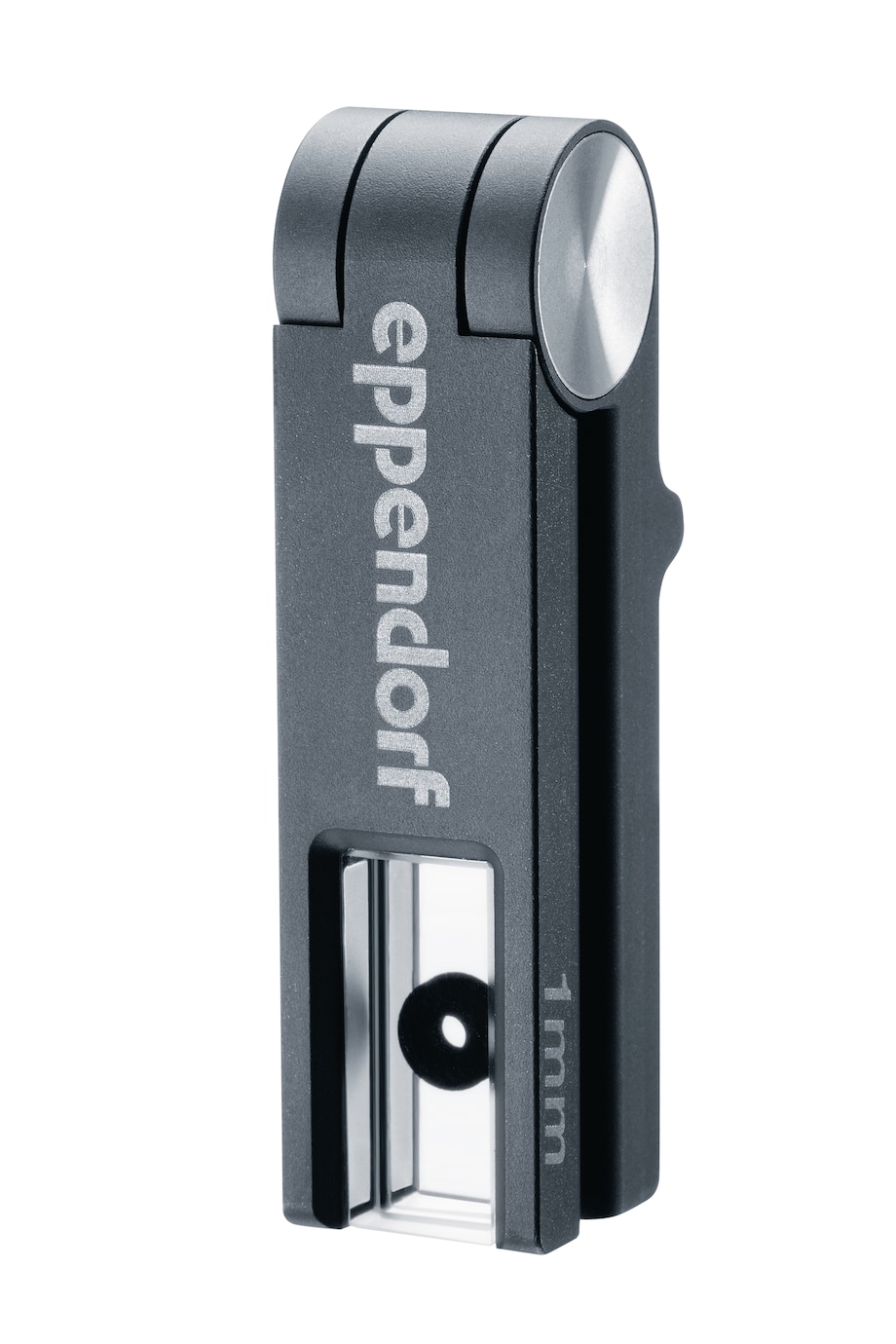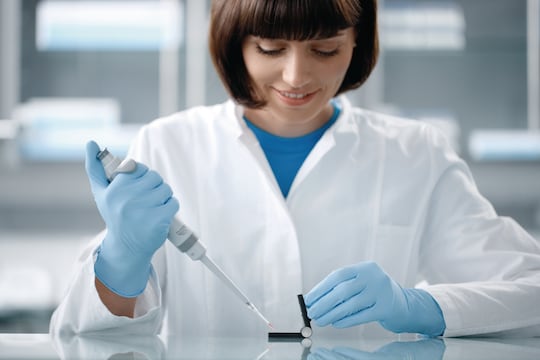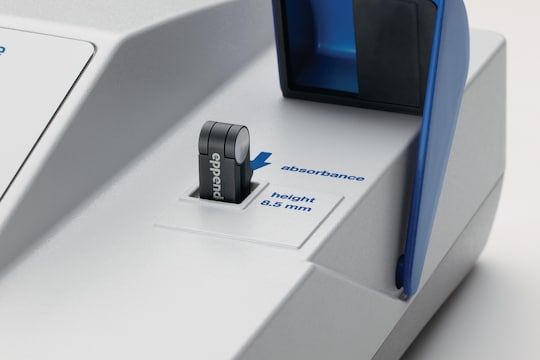メニュー
JP | JPY
-
-
-
- Challenges and Chances: A Review of the 1st Stem Cell Community Day
- Summertime, and the Livin’ Is Easy…
- Follow-on-Biologics – More than Simple Generics
- Bacteria Versus Body Cells: A 1:1 Tie
- Behind the Crime Scene: How Biological Traces Can Help to Convict Offenders
- Every 3 Seconds Someone in the World Is Affected by Alzheimer's
- HIV – It’s Still Not Under Control…
- How Many Will Be Convicted This Time?
- Malaria – the Battle is Not Lost
- Physicians on Standby: The Annual Flu Season Can Be Serious
- At the Forefront in Fighting Cancer
- Molecular Motors: Think Small and yet Smaller Again…
- Liquid Biopsy: Novel Methods May Ease Cancer Detection and Therapy
- They Are Invisible, Sneaky and Disgusting – But Today It’s Their Special Day!
- How Many Cells Are in Your Body? Probably More Than You Think!
- What You Need to Know about Antibiotic Resistance – Findings, Facts and Good Intentions
- Why Do Old Men Have Big Ears?
- The Condemned Live Longer: A Potential Paradigm Shift in Genetics
- From Research to Commerce
- Chronobiology – How the Cold Seasons Influence Our Biorhythms
- Taskforce Microbots: Targeted Treatment from Inside the Body
- Eyes on Cancer Therapy
-
-
-
-
-
- Challenges and Chances: A Review of the 1st Stem Cell Community Day
- Summertime, and the Livin’ Is Easy…
- Follow-on-Biologics – More than Simple Generics
- Bacteria Versus Body Cells: A 1:1 Tie
- Behind the Crime Scene: How Biological Traces Can Help to Convict Offenders
- Every 3 Seconds Someone in the World Is Affected by Alzheimer's
- HIV – It’s Still Not Under Control…
- How Many Will Be Convicted This Time?
- Malaria – the Battle is Not Lost
- Physicians on Standby: The Annual Flu Season Can Be Serious
- At the Forefront in Fighting Cancer
- Molecular Motors: Think Small and yet Smaller Again…
- Liquid Biopsy: Novel Methods May Ease Cancer Detection and Therapy
- They Are Invisible, Sneaky and Disgusting – But Today It’s Their Special Day!
- How Many Cells Are in Your Body? Probably More Than You Think!
- What You Need to Know about Antibiotic Resistance – Findings, Facts and Good Intentions
- Why Do Old Men Have Big Ears?
- The Condemned Live Longer: A Potential Paradigm Shift in Genetics
- From Research to Commerce
- Chronobiology – How the Cold Seasons Influence Our Biorhythms
- Taskforce Microbots: Targeted Treatment from Inside the Body
- Eyes on Cancer Therapy
-
-
JP | JPY
Eppendorf µCuvette® G1.0
µCuvette G1.0 mechanism
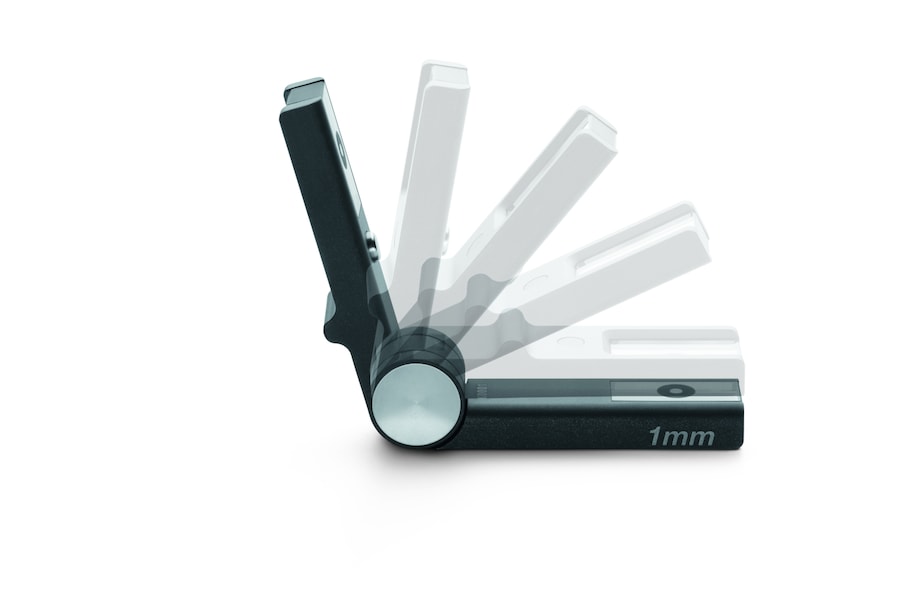
Eppendorf µCuvette®: Easy closing for easy handling
µCuvette G1.0, scientist filling
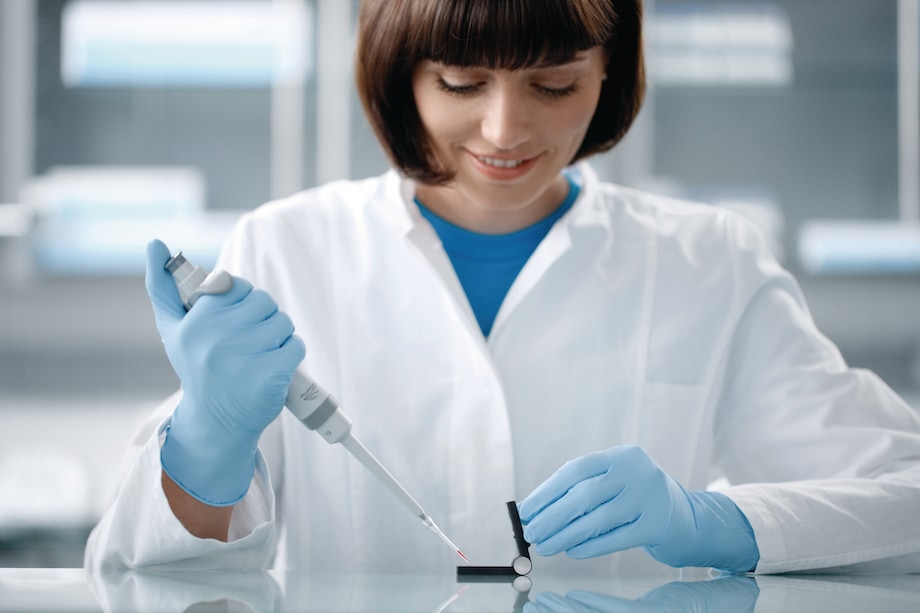
Eppendorf µCuvette®: Easy sample filling due to hydrophobic coating
µCuvette G1.0 Scientist closing
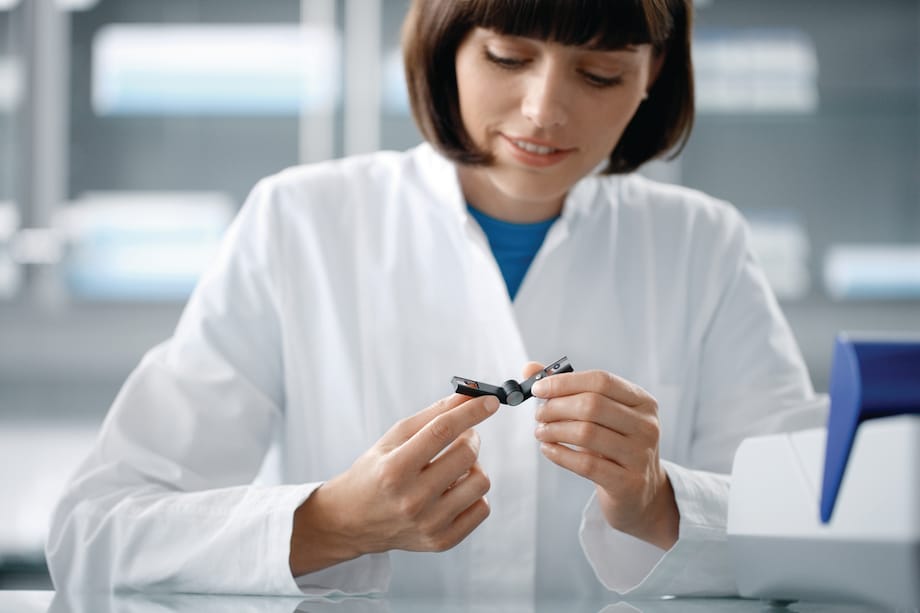
Eppendorf µCuvette®: Easy closing after filling your sample
µCuvette G1.0 in photometer
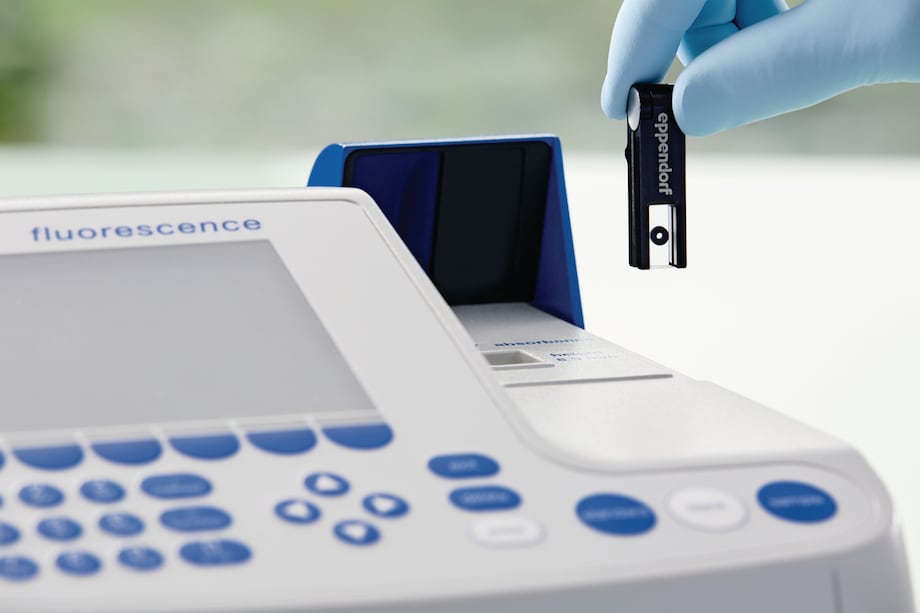
Eppendorf µCuvette®: Ready for reading
BioPhotometer D30 with µCuvette
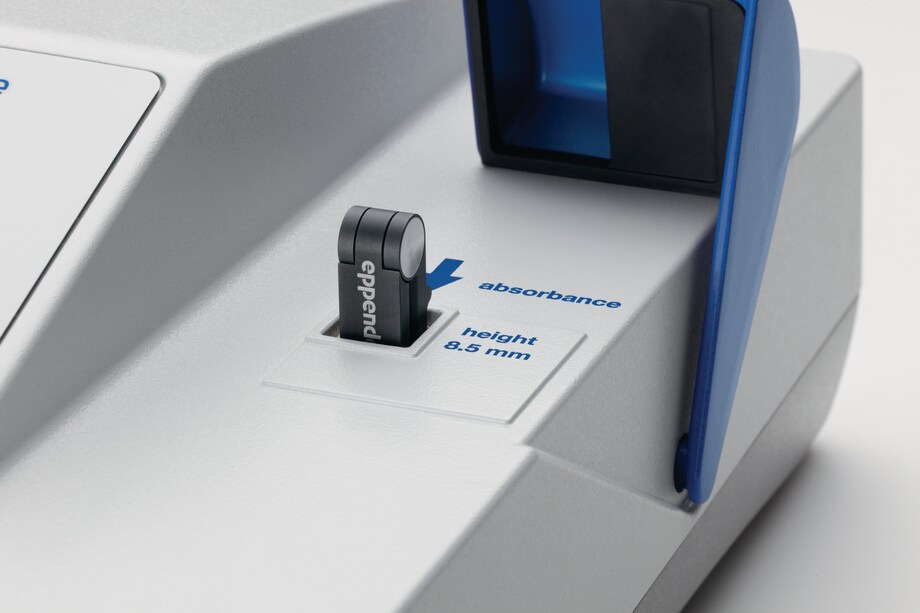
Eppendorf µCuvette®: Similar dimensions as classic cuvettes
Eppendorf BioSpectrometer fluorescence
cookiesが拒否されているので、動画のローディングが行われません。あなたのを変更してください

製品情報
1滴が限界?µCuvette G1.0は範囲内です:1.5 µLの試料しか必要ありません。わずか1 mmの光路長が、標準的なキュベットの1/10の光路を可能にします:高い核酸およびタンパク質濃度を測定します。
µCuvette closed
追加でダウンロードできる材料がありますこのページの最後に
製品 (1)
アクセサリー (2)
お客様のショッピングカートに追加されました。
製品情報
テクニカルデータ
特徴
製品情報
Eppendorf µCuvette G1.0微量測定セルはアルミニウムとクォーツ製の高品質キュベットです。少量高濃度を測定するために最適なツールです。高い濃度の試料をより固定光路長僅か1 mmで測定します。µCuvette G1.0は光路長が標準的なキュベットの1/10です。 そのため、高濃度の核酸濃度を希釈せずに再現性良く測定できます。
水晶ガラス疎水性コーティングのため、正確な液体カラムの形成のために、1.5 µL 核酸又は3 µL タンパク質試料しか必要としません。µCuvette G1.0 の自己吸光は非常に低く、分光光度計の測定レンジをフルに活用できます。さらに5 µLの試料溶液を使用して特定の蛍光測光分析のために使用でき、試薬を節約できます。
一般に、サンプル濃度が低ければ低いほど、光路長は長くなります。同じ物理モデル(ランベルトベールの法則)は、サンプルの濃度が非常に高い場合、使用する光路長を短くして光が確実にサンプルを通って検知器に届くようにすることを求めています。1 mm以下の光路長を持つ微量測定は、25 ng/µL dsDNAを超える濃度に対して推奨されます。どのキュベットがサンプルに対して正しいソリューションかわからない場合、当社の “About 検出” 概要を訪問して、キュベットナビゲーターで確認して下さい。 Bio分光計およびBio測光器sは両方とも標準キュベットおよび µCuvette G1.0に対応していていることを知っておいて下さい。 従って、幅広いサンプル濃度を検知するため最適な光路長を選択できる柔軟性をEppendorfは提供しています。
水晶ガラス疎水性コーティングのため、正確な液体カラムの形成のために、1.5 µL 核酸又は3 µL タンパク質試料しか必要としません。µCuvette G1.0 の自己吸光は非常に低く、分光光度計の測定レンジをフルに活用できます。さらに5 µLの試料溶液を使用して特定の蛍光測光分析のために使用でき、試薬を節約できます。
一般に、サンプル濃度が低ければ低いほど、光路長は長くなります。同じ物理モデル(ランベルトベールの法則)は、サンプルの濃度が非常に高い場合、使用する光路長を短くして光が確実にサンプルを通って検知器に届くようにすることを求めています。1 mm以下の光路長を持つ微量測定は、25 ng/µL dsDNAを超える濃度に対して推奨されます。どのキュベットがサンプルに対して正しいソリューションかわからない場合、当社の “About 検出” 概要を訪問して、キュベットナビゲーターで確認して下さい。 Bio分光計およびBio測光器sは両方とも標準キュベットおよび µCuvette G1.0に対応していていることを知っておいて下さい。 従って、幅広いサンプル濃度を検知するため最適な光路長を選択できる柔軟性をEppendorfは提供しています。
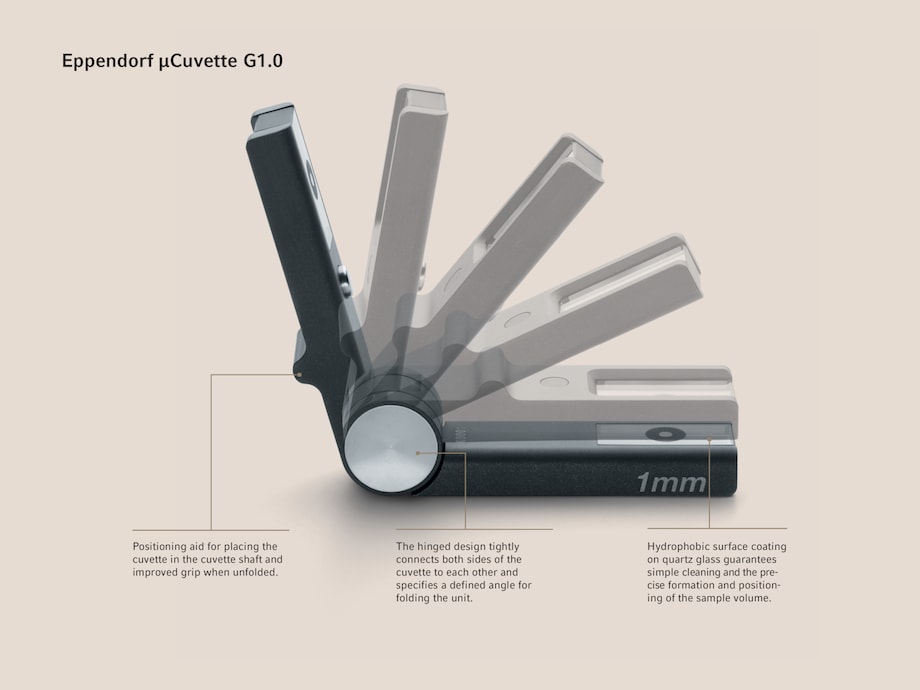

濃度
消光係数と光路長による濃度の決定は、一般にキュベット形式で行われます。 標準的なキュベットの場合、光線はキュベットを水平に通過するため、経路の長さはキュベットの幅によって決まります。 µCuvette G1.0を使用する場合、キュベットの上部と下部の間の距離が経路の長さを決定します。 したがって、測定と計算は、標準のキュベットと同じように実行できます。 パラメータに設定すると、ソフトウェアは濃度を計算するときに適切な光路長を自動的に利用します。
キュベットを開閉するための定義された角度は、簡単で再現可能な取り扱いを可能にします。 さらに、石英ガラスの疎水性表面コーティングにより、簡単な洗浄、正確なサンプルの位置決め、液柱の安定した形成が保証されます。


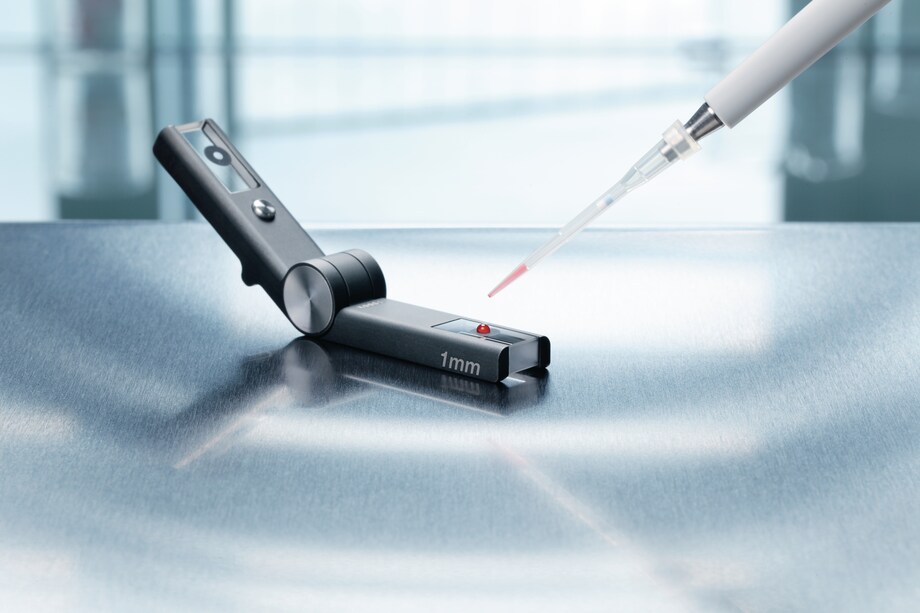
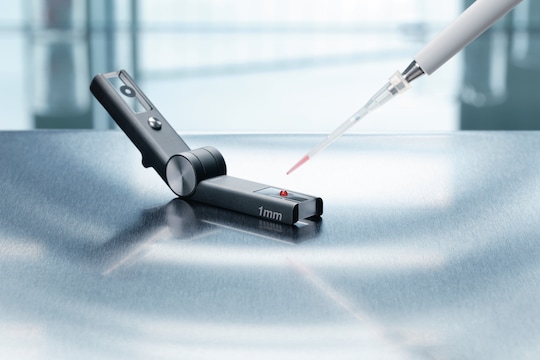
容易なロード
Eppendorf µCuvette_G1.0は、サンプル溶液を丸にピペッティングすることで簡単に充填できます。


もっと読む
読む量をもっと少なくする
テクニカルデータ
| 仕様 | Eppendorf µCuvette® G1.0 |
|---|
| 寸法(W × D × H) | 12.5 × 12.5 × 48 mm |
| タンパク質比色分析 | はい |
| 蛍光測定 | はい |
| 光透過率 | 180 nm – 2,000 nm |
| 最大充填容量 | 10 µL |
| 光源の高さ | 8.5 mm |
| Eppendorf BioPhotometer®での使用 | はい |
| Eppendorf BioPhotometer®での使用 | はい |
| OD 600法 | いいえ |
| 温度制御 | いいえ |
| サンプル光路長 (mm) | 1 mm |
| キュベットブランク | ≤0.05 A at 260 nm |
| 材質 | 石英ガラス (疎水性コーティング) |
| dsDNA 濃度範囲 (UV 260 nm) | 25 ng/µL – 1,500 ng/µL |
| BSA濃度範囲 (UV 280 nm) | 758 ng/µL – 45,450 ng/µL |
|
最小充填容量 |
|
| Eppendorf光度計 | 1.5 µL |
特徴
- 1.5 – 10 µLの液量のサンプルの測定に対応した微量測定用キュベット
- 核酸およびタンパク質の濃度測定、他の標的分析物の中で
- 高濃度試料の測定も希釈不要
- 蛍光分析に最適
- 自己吸光率が低い (≤0.05A @ 260nm)
- サンプル容量の正確な生成およびポジショニングのための石英ガラスへの疎水性の表面コーティング
- クリーニングが簡単なので、サンプルのキャリーオーバーの恐れを最小限に抑えられます。
- キュベットが決まった角度に閉じるため、高い再現性を保証します
- 一体型デザインで、個々の部品の紛失を防ぎます
- Eppendorf BioPhotometerとEppendorf BioSpectrometerとの併用専用

